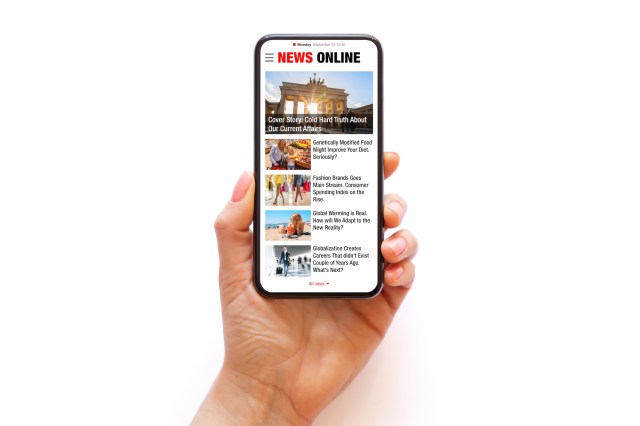
The history of news has been marked by significant changes throughout the centuries. From the emergence of newspapers to the rise of digital media, technology has played a crucial role in shaping how news is produced, consumed, and distributed. In this article, we will explore the evolution of news and how digital disruption has revolutionized the way we access information.
The Rise of Newspapers
Newspapers have long been a staple in delivering news to the masses. The first printed newspaper, Acta Diurna, dates back to ancient Rome in 59 BC. However, it was not until the invention of the printing press by Johannes Gutenberg in the 15th century that newspapers became more accessible and widespread.
Throughout history, newspapers have played a vital role in informing communities and shaping public opinion. They served as a means for governments to communicate with their citizens and for individuals to express their views through editorials and opinion pieces. However, as technology advanced, so did our methods of accessing news.
The Advent of Radio and Television
The introduction of radio broadcasting in the early 20th century brought about another significant shift in how news was disseminated. People could now tune into their radios for live updates on current events happening around the world. This allowed for more immediate access to information compared to waiting for printed newspapers.
Television further revolutionized news consumption by combining audiovisual elements with real-time reporting. The ability to see events unfold before our eyes made television an incredibly powerful medium for delivering news. News broadcasts became a primary source of information for households around the world.
The Internet: A Game-Changer
The internet truly transformed the news landscape when it became widely accessible to the public in the late 20th century. With its advent came online news platforms that offered instantaneous updates without limitations on space or time constraints seen in traditional media formats.
The rise of digital media brought about a democratization of news. Anyone with an internet connection could become a news publisher, leading to the proliferation of blogs, online news outlets, and social media platforms. This shift empowered individuals to contribute to the news cycle, share their perspectives, and challenge traditional media gatekeepers.
The Era of Digital Disruption
The rise of social media platforms, such as Facebook and Twitter, further disrupted the traditional news landscape. These platforms became not only sources of news but also avenues for sharing and discussing information. News consumption habits shifted towards personalized feeds curated based on algorithms that tailored content to individual interests.
This digital disruption has brought both opportunities and challenges for the news industry. On one hand, it allows for greater reach and engagement with audiences through targeted advertising and interactive storytelling formats. On the other hand, it has led to concerns over misinformation, echo chambers, and the erosion of trust in traditional journalism.
In conclusion, technology has played a pivotal role in shaping the history of news from newspapers to digital media. Each new technological advancement has transformed how we produce and consume news. While digital disruption has brought about significant changes in the industry, it also presents opportunities for innovation and adaptation in an ever-evolving media landscape.
This text was generated using a large language model, and select text has been reviewed and moderated for purposes such as readability.






